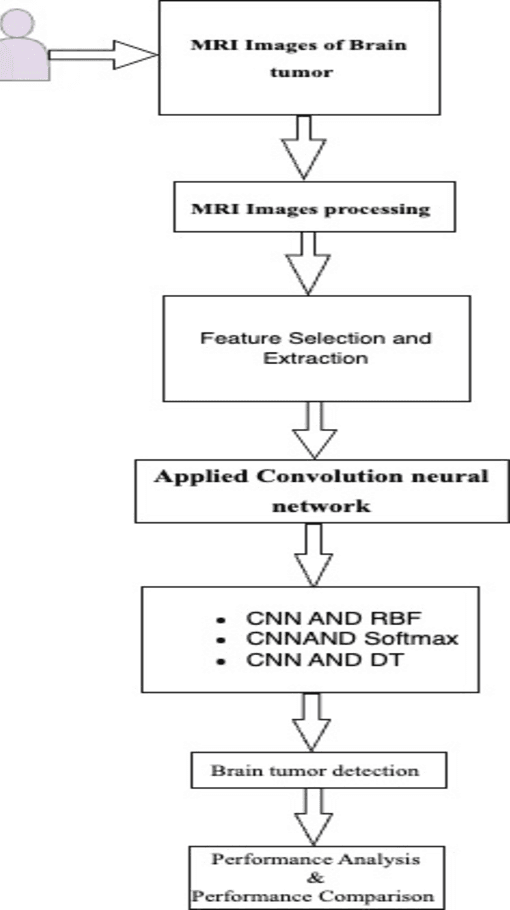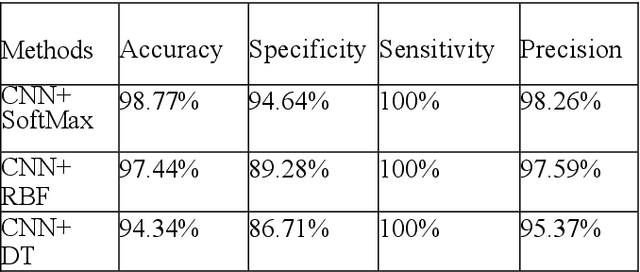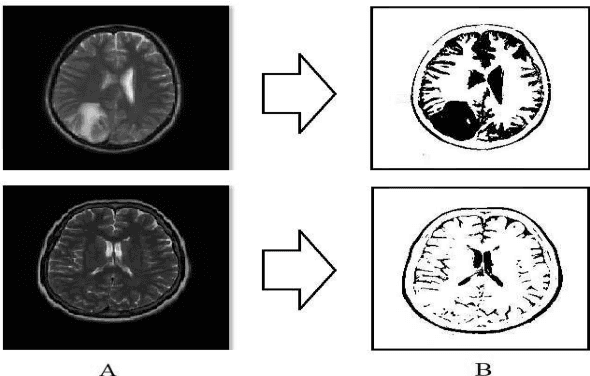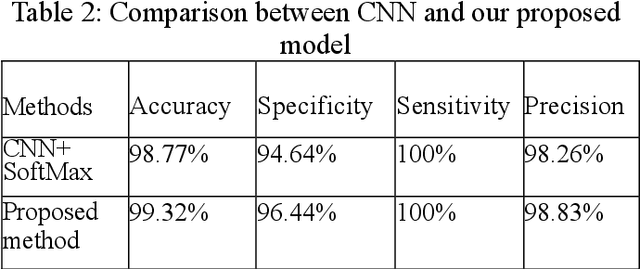Duc M Cao
Parkinson's Disease Detection through Vocal Biomarkers and Advanced Machine Learning Algorithms: A Comprehensive Study
Nov 09, 2023Abstract:Parkinson's disease (PD) is a prevalent neurodegenerative disorder known for its impact on motor neurons, causing symptoms like tremors, stiffness, and gait difficulties. This study explores the potential of vocal feature alterations in PD patients as a means of early disease prediction. This research aims to predict the onset of Parkinson's disease. Utilizing a variety of advanced machine-learning algorithms, including XGBoost, LightGBM, Bagging, AdaBoost, and Support Vector Machine, among others, the study evaluates the predictive performance of these models using metrics such as accuracy, area under the curve (AUC), sensitivity, and specificity. The findings of this comprehensive analysis highlight LightGBM as the most effective model, achieving an impressive accuracy rate of 96%, alongside a matching AUC of 96%. LightGBM exhibited a remarkable sensitivity of 100% and specificity of 94.43%, surpassing other machine learning algorithms in accuracy and AUC scores. Given the complexities of Parkinson's disease and its challenges in early diagnosis, this study underscores the significance of leveraging vocal biomarkers coupled with advanced machine-learning techniques for precise and timely PD detection.
Generative AI Model for Artistic Style Transfer Using Convolutional Neural Networks
Oct 30, 2023Abstract:Artistic style transfer, a captivating application of generative artificial intelligence, involves fusing the content of one image with the artistic style of another to create unique visual compositions. This paper presents a comprehensive overview of a novel technique for style transfer using Convolutional Neural Networks (CNNs). By leveraging deep image representations learned by CNNs, we demonstrate how to separate and manipulate image content and style, enabling the synthesis of high-quality images that combine content and style in a harmonious manner. We describe the methodology, including content and style representations, loss computation, and optimization, and showcase experimental results highlighting the effectiveness and versatility of the approach across different styles and content
Advancing Brain Tumor Detection: A Thorough Investigation of CNNs, Clustering, and SoftMax Classification in the Analysis of MRI Images
Oct 26, 2023



Abstract:Brain tumors pose a significant global health challenge due to their high prevalence and mortality rates across all age groups. Detecting brain tumors at an early stage is crucial for effective treatment and patient outcomes. This study presents a comprehensive investigation into the use of Convolutional Neural Networks (CNNs) for brain tumor detection using Magnetic Resonance Imaging (MRI) images. The dataset, consisting of MRI scans from both healthy individuals and patients with brain tumors, was processed and fed into the CNN architecture. The SoftMax Fully Connected layer was employed to classify the images, achieving an accuracy of 98%. To evaluate the CNN's performance, two other classifiers, Radial Basis Function (RBF) and Decision Tree (DT), were utilized, yielding accuracy rates of 98.24% and 95.64%, respectively. The study also introduced a clustering method for feature extraction, improving CNN's accuracy. Sensitivity, Specificity, and Precision were employed alongside accuracy to comprehensively evaluate the network's performance. Notably, the SoftMax classifier demonstrated the highest accuracy among the categorizers, achieving 99.52% accuracy on test data. The presented research contributes to the growing field of deep learning in medical image analysis. The combination of CNNs and MRI data offers a promising tool for accurately detecting brain tumors, with potential implications for early diagnosis and improved patient care.
 Add to Chrome
Add to Chrome Add to Firefox
Add to Firefox Add to Edge
Add to Edge